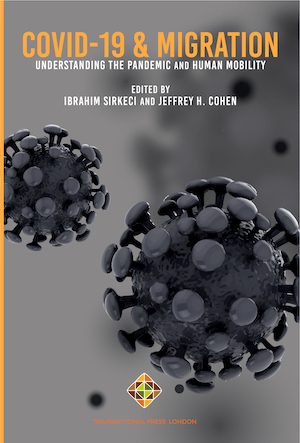Impact Of Covid-19 Human Mobility Restrictions On The Migrant Origin Population In Finland
Impact Of Covid-19 Human Mobility Restrictions On The Migrant Origin Population In Finland
Author(s): Natalia Skogberg, Idil Hussein, Anu E Castaneda
Subject(s): Social Sciences, Psychology, Essay|Book Review |Scientific Life, General Reference Works, Geography, Regional studies, Sociology
Published by: Transnational Press London
Keywords: Finland; migration; covid-19
Summary/Abstract: Finland is a Northern European country, bordering with Norway, Sweden and Russia. The total population is 5,5 million. Up until the 1990s, Finland has been mainly a country of emigration. Since then, however, the size of the migrant origin population grew from half per cent to approximately eight per cent in 2019 (OSF 2020a). The largest migrant origin groups residing in Finland are from Russia and the former Soviet Union, Estonia, Sweden, Iraq and Somalia. Migration has concentrated particularly towards the Helsinki metropolitan area, with half of the migrant population residing in this region (OSF 2020b). The main reasons for migration to Finland are family reunification, employment and studies, with a substantially lower proportion of persons arriving as resettlement refugees or asylum seekers (Ministry of the Interior 2019).
Book: COVID-19 and Migration: Understanding the Pandemic and Human Mobility
- Page Range: 129-141
- Page Count: 13
- Publication Year: 2020
- Language: English
- Content File-PDF

